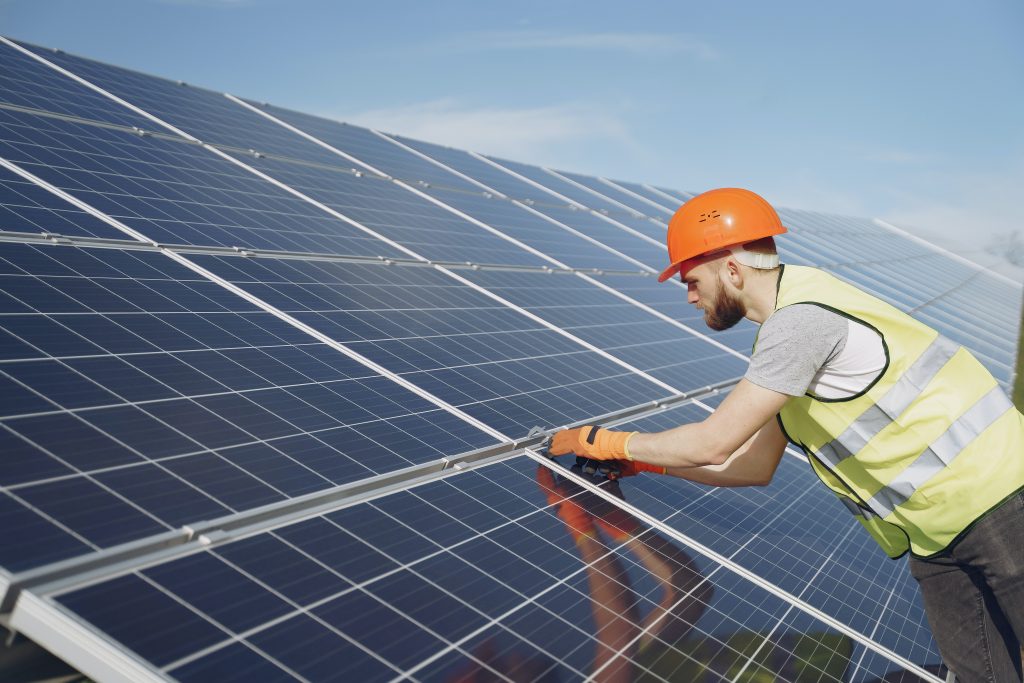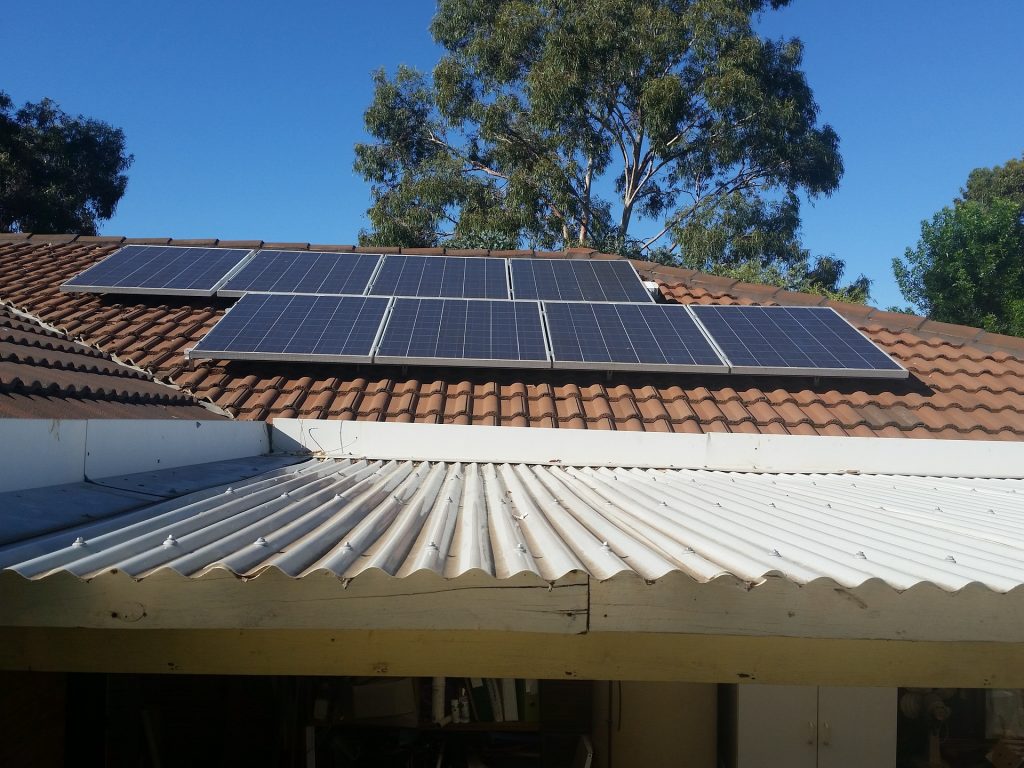Photovoltaics has experienced a massive upswing in recent years and is becoming increasingly important in the minds of Austrian end users. This trend is not only fueled by rising energy costs and growing awareness of climate change, but is also reflected in rising sales figures.
In the first seven months of 2023, for example, Wiener Netze alone recorded a veritable rush of applications for photovoltaic systems. In 2020, 1,638 applications were submitted; by 2021, there were 3,535 applications, he said. In 2022, the number then rose to 9,017, and from January 2023 to July 2023, more than 9,642 applications were already recorded. This remarkable increase illustrates the rapid rise in interest in solar power.
Increased awareness of energy transition
A majority of applications come from households, which are surplus feeders and account for about 85 percent of applications. The photovoltaic industry has undergone a remarkable development in recent years and has become a key player in the global energy transition. Advancing technology, growing demand for renewable energy and increased environmental awareness have now made photovoltaics an important source of energy.
Public awareness of climate change and the energy transition, reinforced by media coverage, has triggered a general trend toward renewable energy. Rising energy costs in both the residential and industrial sectors are encouraging people to become more energy efficient.
Lightweight modules have also contributed to the rise of photovoltaics by making installation easier and reducing the load on roofs. In addition, bifacial technologies that use light from both sides of the module are becoming increasingly important.
Networked energy management systems gain in importance

Image: Gustavo Fring via Pexels
The integration of intelligent energy management systems is also becoming increasingly important. Installers are now increasingly focusing on systems that enable efficient storage and use of surplus solar power. This increases both the flexibility and the overall benefit of the photovoltaic system: End users thus reduce their electricity costs and become less dependent on public electricity grids.
In this context, Gerald Hotz, Sales Manager of SKE in Austria, emphasizes the importance of compatibility of components used. This, he said, will enable the solar systems to operate reliably and efficiently. Free online tools, for example the “FusionSolar” online portal offer fully integrated control of PV systems as well as continuous monitoring capabilities.
Expanded production puts an end to component bottlenecks
Despite a broader supply and expanded production in the photovoltaic industry, there have been bottlenecks in recent months, triggered by the initial Corona pandemic and the Ukraine conflict. However, these bottlenecks have now largely eased.
PV modules and components are more available today than in the past, as manufacturers have expanded production capacity to meet rising demand. Nevertheless, regional differences in availability may occur. Potential customers should contact suppliers and manufacturers at an early stage to clarify the availability and delivery times of the required components and to ensure that projects can be implemented on schedule.
Innovations in photovoltaics
A lot has happened in the field of photovoltaics in recent months. One trend that is emerging is high-performance photovoltaics, in which advanced materials and concepts are being used to increase the efficiency of PV modules. This makes it possible to offer more powerful modules that can generate more electricity even in limited space.

Thin-film photovoltaic modules, in turn, are characterized by flexibility and lightness, which expands their application possibilities. For example, they can be installed on unconventional surfaces such as facades or curved structures. The next generation of photovoltaic technology, perovskite solar cells, again promises even higher efficiencies and low manufacturing costs. Although not yet widely used, interested parties should keep an eye on this technology as it has the potential to revolutionize the photovoltaic industry.
Challenges and quality requirements
With the upswing of photovoltaics in the course of the energy transition, new challenges have also arisen. Reports of burning roofs and rooftop work accidents have increased, indicating a drop in quality in the industry. Therefore, it is crucial to rely on reliable partners when installing photovoltaic systems. Training and qualification programs offered by organizations such as TÜV-Austria, WIFI and AIT are essential for electricians to ensure that installations are carried out properly.






